Utilizing On-farm Research to Revise Fertilizer Recommendations in Low Yielding Zones
Study author(s): Matt Wiebers
Years of study: 2020-2021
Location(s): various, throughout Minnesota
Important: for the complete report, including all tables and figures, please download using the links to the right.
summary
- Increasing fertilizer rates in C-Zones (the low yielding areas) increased yields by a greater margin than A or B Zones (high and medium yielding areas)
- Statistical confidence in the yield results from lower-yielding zones (C-Zones) is lower than A or B Zones. The LSD (least significant differences) from the analysis are higher and so there is a larger hurdle to overcome spatial variability such as poor drainage, variable soiltypes, compaction, or other challenges. These observations suggest that conducting on-farm fertilizer research in low yielding areas is more difficult than in high-yielding areas.
- Decreasing fertilizer rates shows a very negative yield response in several of the B and C zone nitrogen trials. This suggests that higher rates of fertilizer may be needed in low yielding areas.
